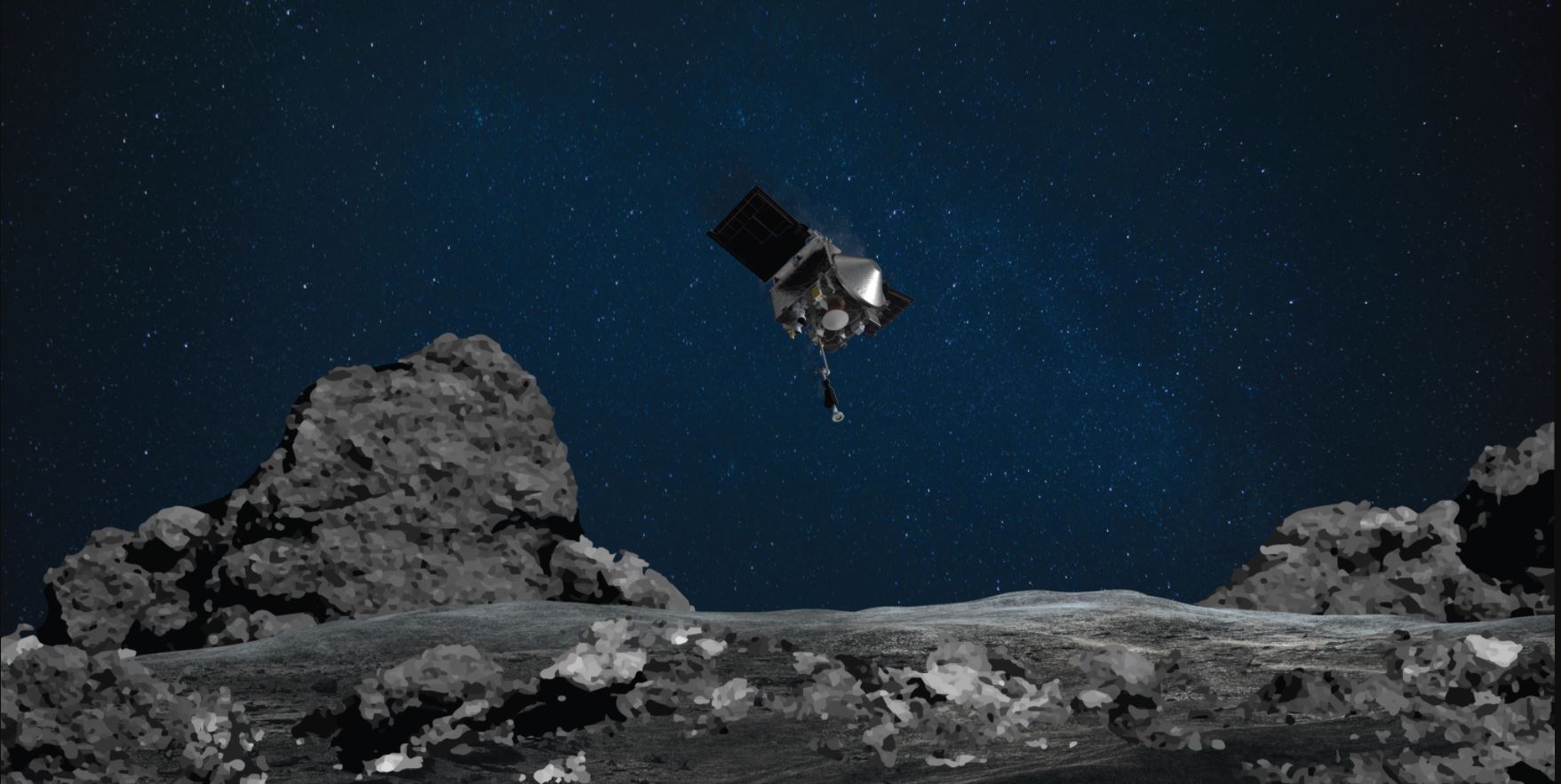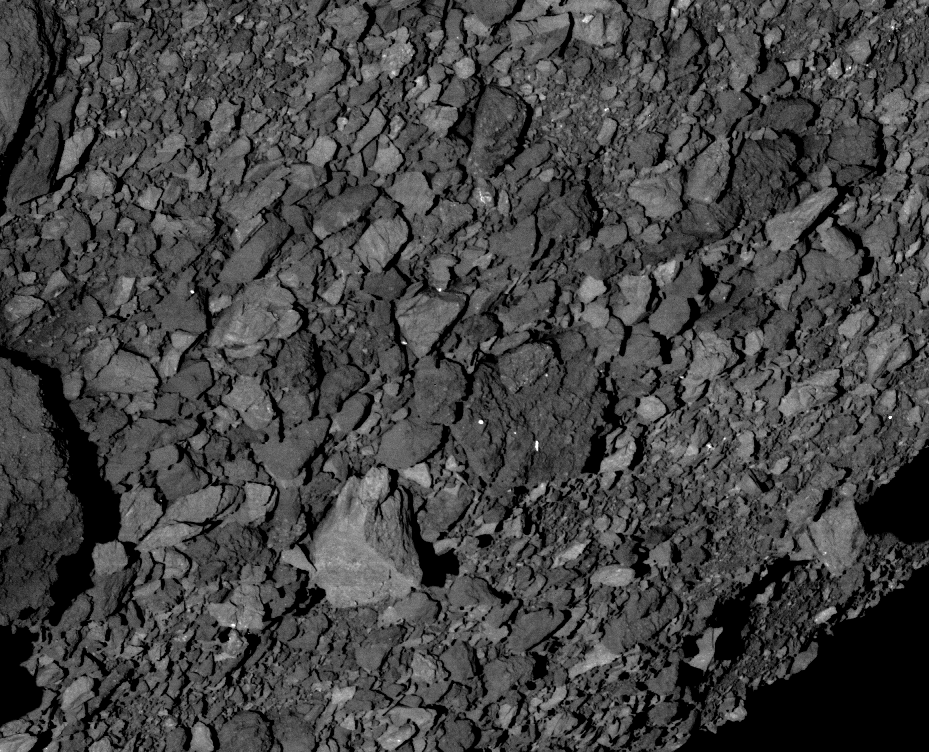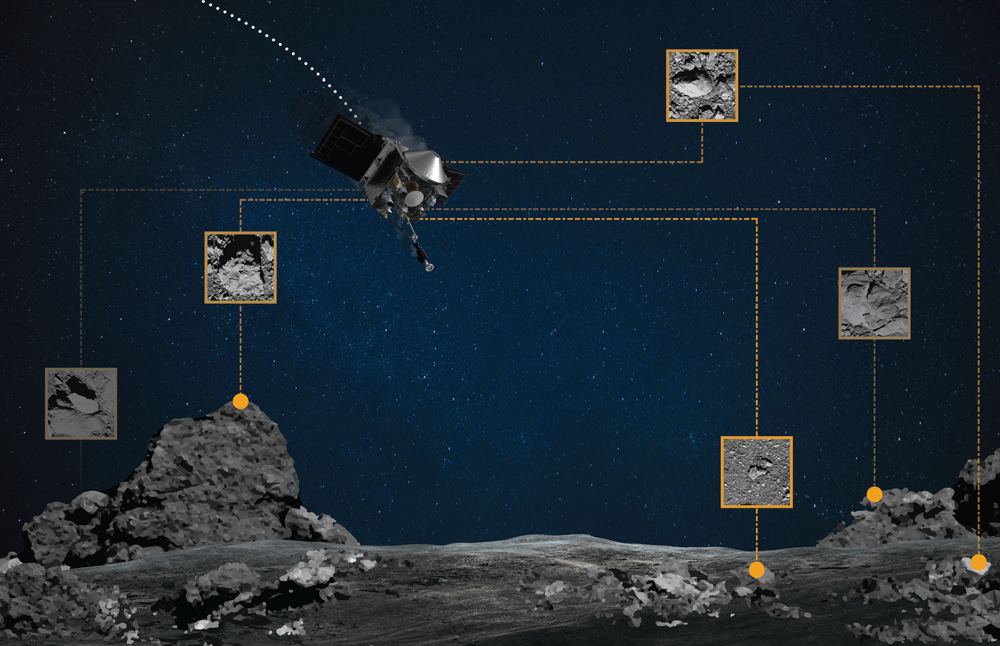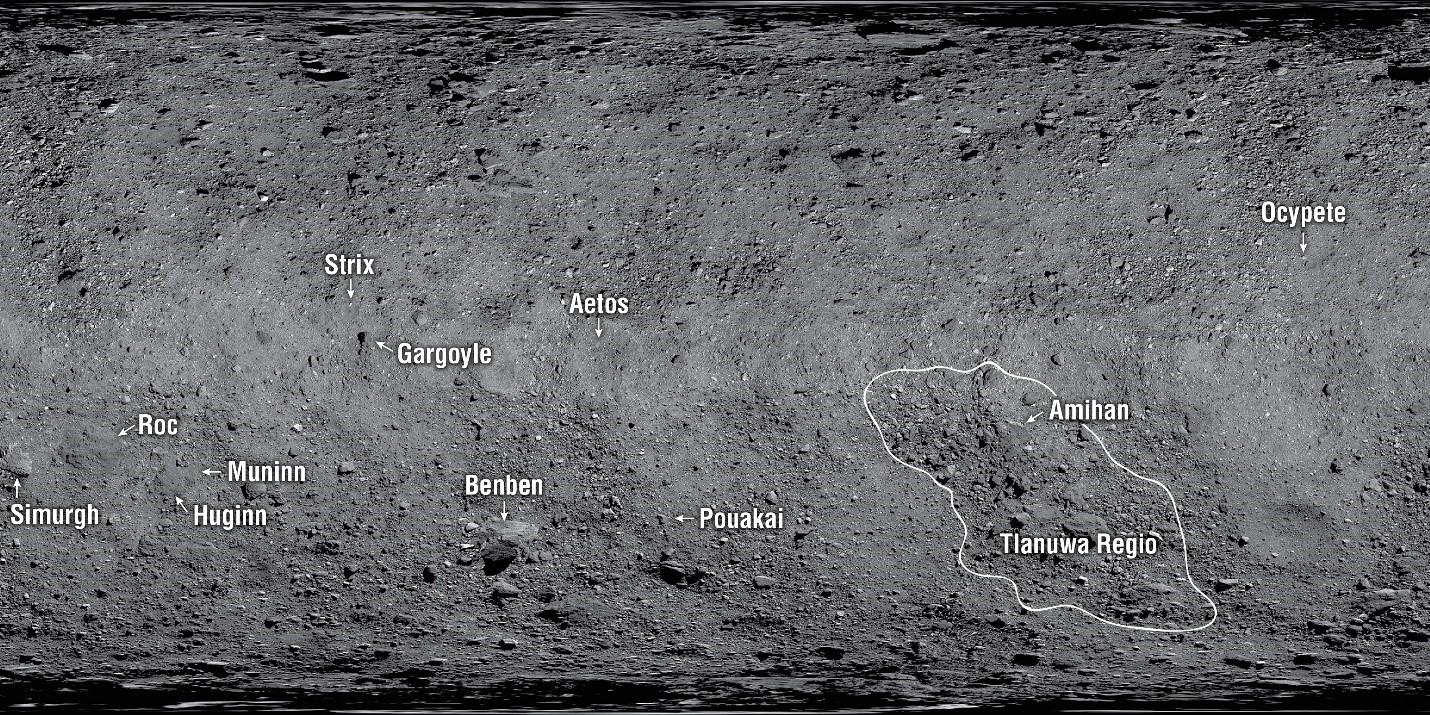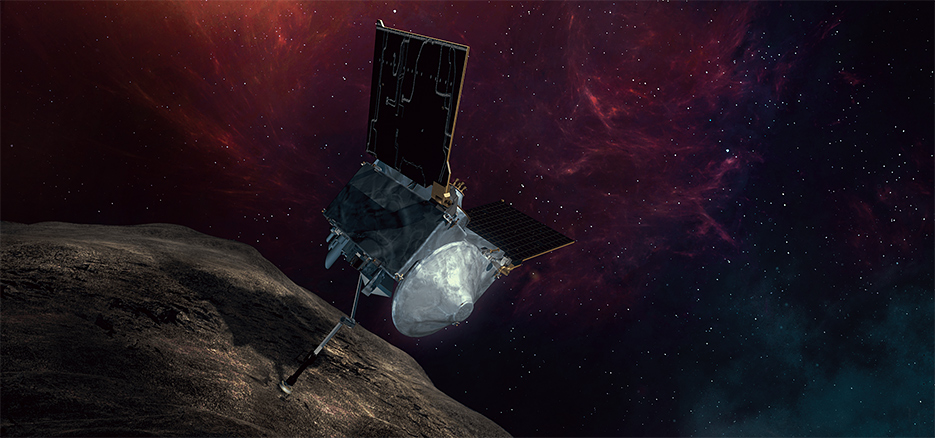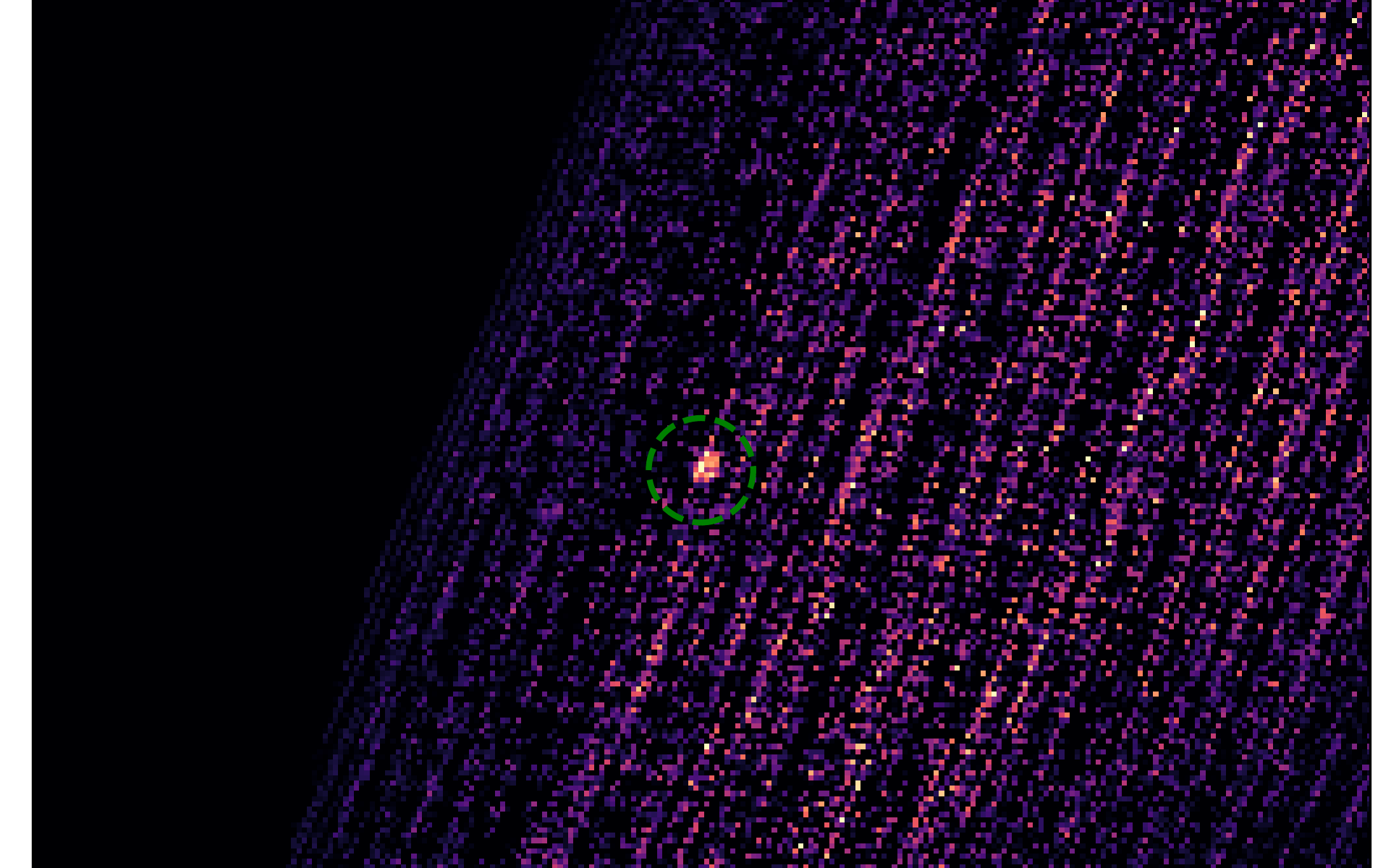Out in the asteroid belt, 207 million miles (334 million km) from Earth, a little spacecraft briefly touched down on the surface of Asteroid Bennu today, attempting to collect samples of dust and rocks.
NASA’s OSIRIS-REx spacecraft (Origins, Spectral Interpretation, Resource Identification, Security, Regolith Explorer) spent about 10 seconds on the ancient asteroid to collect samples, slated to come back to Earth in 2023. While mission scientists and engineers need to confirm that samples from the asteroid were collected, preliminary data show that every step of the procedure went as planned.
Continue reading “Success! OSIRIS-REx Touches Asteroid Bennu to Collect Samples”
